Now the question is, under which boundary conditions is this actually allowed? EN 1993‑1‑1, Clause 6.4.4 provides design rules for "closely spaced built‑up members". Double angles with a back‑to‑back arrangement must always be connected by screws or welded tie plates. The maximum spacing between interconnections is defined as 15 times the minimum radius of gyration of one angle. There are no specific values for the space between members, but it should be in the range of the usual filler plate thicknesses.
If these limits are exceeded, you have to design an articulated member. In principle, the global internal forces can be determined on a single member. In addition to pre-deformations, you should consider the shear stiffness. This can be controlled by the value t* in RFEM and RSTAB (see the figure). This value is applied when calculating the shear area and depends on the design of bracing or framing. Formulas for t* are described, for example, in Petersen: Stahlbau, 4th edition, Table 17.1 (t* is indicated as tE here).



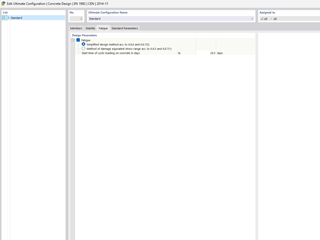
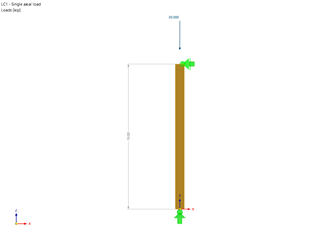










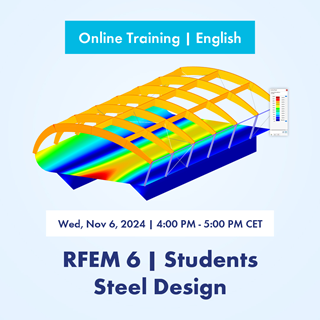


















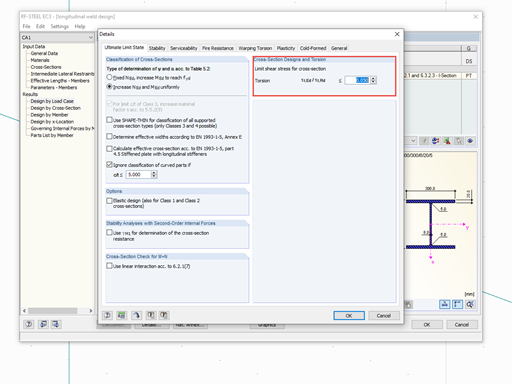
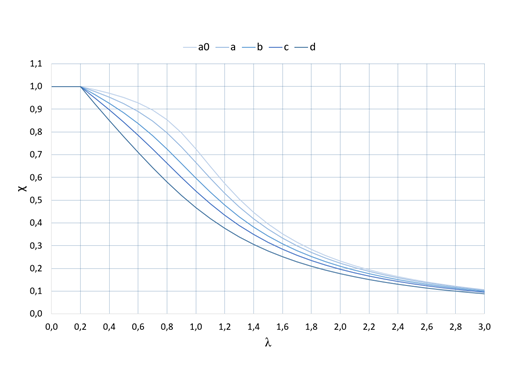

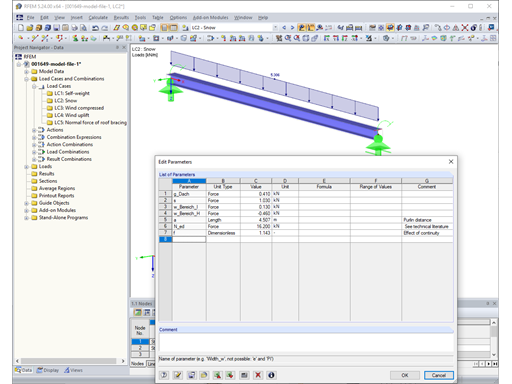


















.png?mw=600&hash=49b6a289915d28aa461360f7308b092631b1446e)














